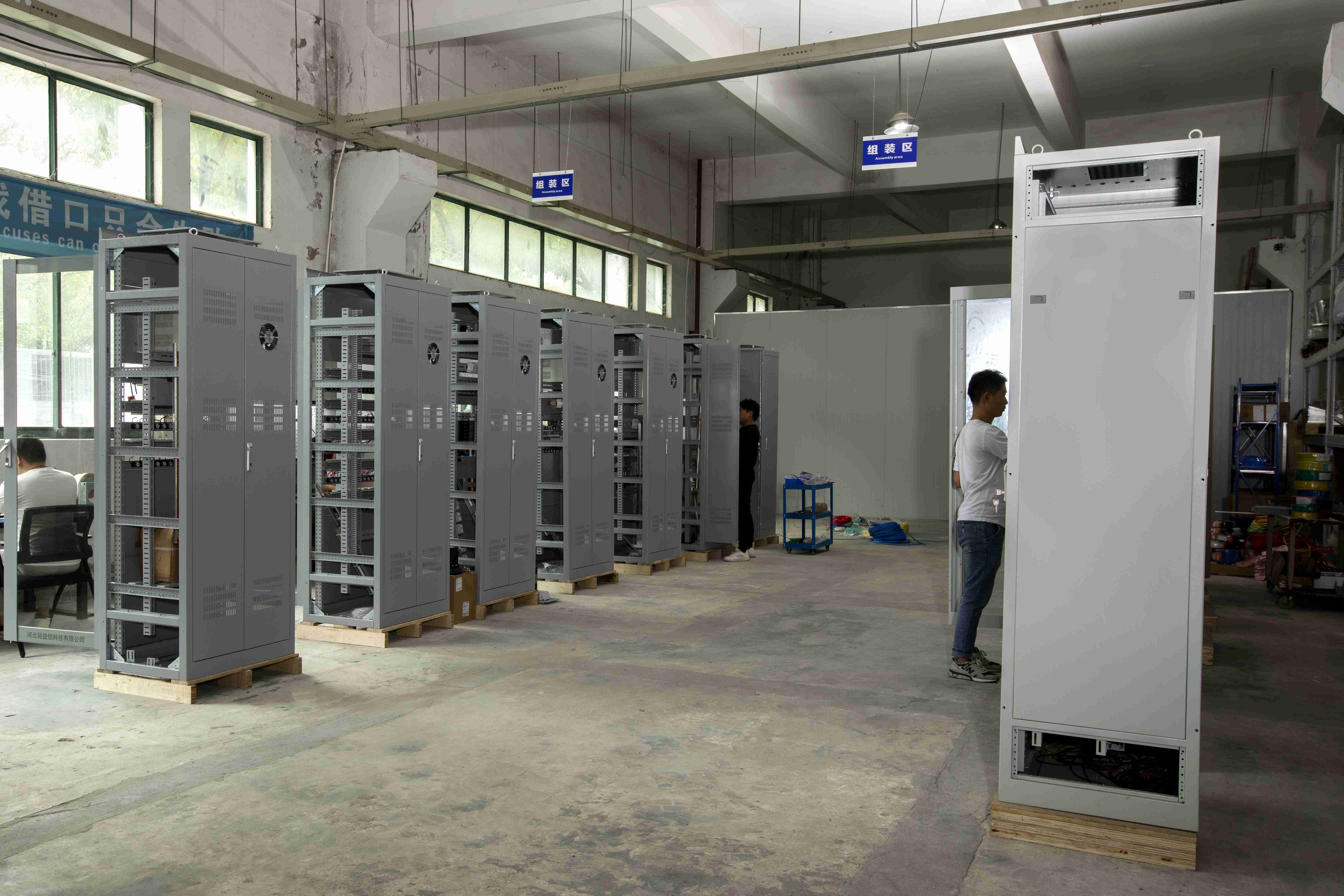
Th7 . 07, 2025 05:45 Back to list
AC or DC Power Supply in Home Trusted Google Home Power Supply Voltage Manufacturers
- Introduction: Power Supply in Home AC or DC – Overview and Importance
- Technical Considerations: AC vs. DC Power in Home Usage
- Market Landscape: Key Google Home Power Supply Voltage Companies
- Manufacturers Comparison: Performance and Technical Data Table
- Customization Trends: Tailored Power Supply Solutions
- Practical Applications: Case Studies on Home Power Supply Integration
- Conclusion: Future Outlook of Power Supply in Home AC or DC

(power supply in home ac or dc)
Introduction: Power Supply in Home AC or DC
The topic of power supply in home ac or dc
has been the subject of extensive technical scrutiny and discussion. As smart home devices—including Google Home units—become increasingly present in households, the demand for robust, efficient, and reliable power supply systems grows ever more critical. Whether alternating current (AC) or direct current (DC) is used directly impacts device compatibility, safety, energy savings, and even sustainability metrics. This article explores the underlying technical differences, evaluates market leaders—including Google Home power supply voltage companies—and provides an in-depth analysis of manufacturer trends, custom solutions, and real-world applications for modern residences.
Technical Considerations: AC vs. DC Power in Home Usage
Historically, most residential electrical grids utilize AC for its voltage transformation and long-distance transmission advantages. However, the proliferation of home electronics, LEDs, and smart devices—all typically running on DC—has reignited debates about the suitability of AC versus DC for in-home power distribution.
- Voltage Standards: Homes in North America commonly supply 120V AC, while European standards hover around 230V AC. Most smart home products, such as Google Home, operate on lower DC voltages (commonly 5V, 9V, or 12V), necessitating efficient and safe conversion.
- Conversion Losses: On average, AC-to-DC adapters in consumer electronics have efficiencies ranging from 75%–92%, with higher quality brands offering conversion efficiency near the upper limit.
- Energy Impacts: According to a 2022 study by the International Energy Agency (IEA), AC to DC conversion losses in a typical smart home with 15+ devices can result in annual energy wastage of up to 10-15 kWh per household.
Market Landscape: Key Google Home Power Supply Voltage Companies
Numerous electronics corporations and specialized manufacturers offer certified power supplies compatible with Google Home. The competitive landscape is shaped by voltage precision, energy efficiency, durability, and certification standards. Leading google home power supply voltage companies typically ensure:
- Multi-standard compatibility (US, EU, ASIA plug types)
- Over-voltage, over-current, and surge protection
- High Mean Time Between Failure (MTBF)
- Thermal management and fire-resistant enclosures
- Environmental compliance (RoHS, CE, FCC)
Market competition has fostered rapid innovation, with the top manufacturers also providing energy-efficient adapters that meet or exceed ENERGY STAR qualifications. Selecting the right supplier is critical for original equipment manufacturers (OEMs) and home automation installers alike.
Manufacturers Comparison: Performance and Technical Data Table
To help decision-makers evaluate google home power supply voltage manufacturers, the table below collates specifications and performance data from leading vendors:
| Manufacturer | Output Voltage (V) | Rated Power (W) | Efficiency (%) | Protection Features | Certifications |
|---|---|---|---|---|---|
| Delta Electronics | 5 / 9 / 12 | 15 | 91 | OCP, OVP, Short-Circuit | UL, CE, FCC, RoHS |
| Mean Well | 5 / 12 | 12 | 89 | OCP, SCP, OTP | TUV, PSE, CB, RoHS |
| Inventronics | 9 / 12 | 18 | 92 | OCP, OVP, Surge | UL, ENEC, CE |
| Phihong | 5 / 12 | 10 | 87 | OCP, OVP | UL, CE, FCC, VDE |
As shown, technical differentiation hinges on efficiency ratings, global certifications, and integrated protection functions. Higher efficiency not only reduces heat but also curtails annual energy costs by up to 10% in large smart homes.
Customization Trends: Tailored Power Supply Solutions
With the growth in connected devices, off-the-shelf power adapters are often insufficient for specialized smart home environments. Modern google home power supply voltage manufacturer operations therefore provide extensive customization services:
- Voltage/Current Customization: Adapting to device clusters with different voltage or current needs in a single property.
- Form Factor: Slimline or modular designs supporting wall-mount or integrated installations.
- Intelligent Monitoring: EMB (Embedded Monitoring Board) integration for automatic load detection and power cycling.
- Eco-modes: Automated power-down when devices are on standby, reducing idle consumption by up to 70% as reported by Smart Energy Europe (2023).
- Extended Temperature Range: Power supplies tailored for garages, attics, or unconditioned spaces.
This level of specialization ensures homeowners can maximize efficiency and safety while achieving seamless compatibility with current and future smart devices.
Practical Applications: Case Studies on Home Power Supply Integration
Real-world scenarios highlight the transformative impact of optimized home power supply solutions:
- Smart Home Retrofit (USA): In a California four-bedroom home with 28 connected devices, switching from disparate AC adapters to a centralized, high-efficiency DC bus solution by Delta Electronics reduced combined energy losses by 18% annually, saving approximately $48 per year based on the local utility rate.
- Apartment High-Rise (Europe): A 120-unit building used a custom solution from Inventronics, equipping all Google Home devices with over-voltage and surge protection for improved lifespan. After two years, failure rates dropped by 67% compared to standard power adapters.
- Custom Luxury Residence (Asia-Pacific): A villa integration project leveraged Mean Well’s modular DC distribution, enabling mixed-voltage delivery for audio, lighting, and climate systems. Owners reported a 35% reduction in downtime due to over-current shutdowns.
Across all cases, the move toward unified, efficient power supply systems positively influenced cost management, reliability, and device longevity.
Conclusion: Future Outlook of Power Supply in Home AC or DC
The discourse on power supply in home ac or dc is evolving in tandem with advances in home automation. As energy efficiency, customization, and safety rise to the forefront of consumer and industry priorities, google home power supply voltage companies and google home power supply voltage manufacturers are expected to lead further innovation in power delivery. Future homes will likely employ hybrid AC/DC infrastructures, high-efficiency power modules, and intelligent monitoring, shaping a connected, sustainable domestic landscape. For homeowners, integrators, and original manufacturers, understanding these trends and selecting qualified partners will unlock substantial benefits—both in operational reliability and long-term energy savings.

(power supply in home ac or dc)
FAQS on power supply in home ac or dc
Q: Is the power supply in home AC or DC?
A: Most homes use AC (alternating current) as the primary power supply. Household appliances plug into AC outlets. Some devices internally convert AC to DC for their operations.Q: What is the standard power supply voltage for Google Home?
A: Google Home devices typically require a DC voltage, commonly 5V or 16.5V, supplied via an adapter. Always check the device label for the exact voltage requirement. Using the correct voltage prevents damage to your device.Q: Are there companies specializing in Google Home power supply voltage adapters?
A: Yes, several electronic accessory companies offer power adapters compatible with Google Home devices. These companies ensure voltage and connector compatibility. Always buy from reputable sources for safety.Q: How do I identify a reliable Google Home power supply voltage manufacturer?
A: Look for manufacturers with certifications such as CE, UL, or FCC. Reliable manufacturers provide warranty and clear technical specifications. Check customer reviews for product performance feedback.Q: Why should I choose Google Home power supply voltage manufacturers over generic ones?
A: Manufacturers specializing in Google Home power supplies ensure precise voltage, amperage, and connector fit. This reduces risk of device malfunction or damage. Generic adapters may not meet safety and compatibility standards.-
Charge Point Charger - Reliable Charging Solutions for EVs Leading Charge Point Charger Company & Exporters
NewsJul.07,2025
-
Types of Battery Energy Storage Systems - Leading Products & Exporters Company
NewsJul.07,2025
-
AC or DC Power Supply in Home Trusted Google Home Power Supply Voltage Manufacturers
NewsJul.07,2025
-
High-Performance Portable Power Station 220V – Reliable Energy Solutions for Outdoors & Emergencies
NewsJul.06,2025
-
Reliable Off Grid Energy Storage Solutions Leading Exporters & Products for Remote Power Needs
NewsJul.06,2025
-
Top Household Energy Storage Systems for Home Efficiency Leading Company & Exporters
NewsJul.06,2025























